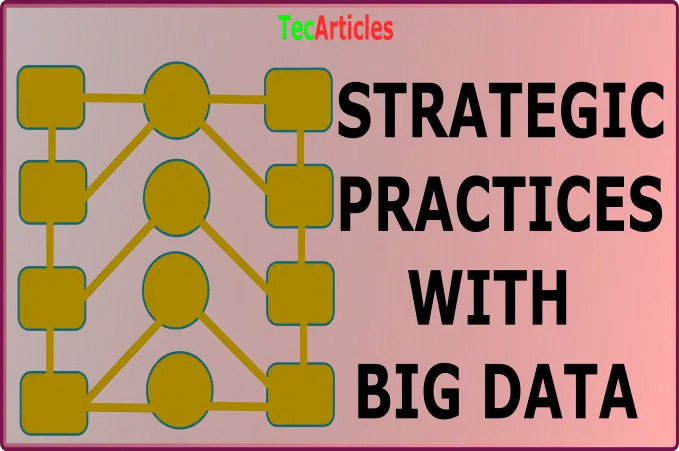The world needs data to advance in speed. You may be reluctant to agree that you don’t need data to make most decisions in life. Lol. I bet you are contemplating whether to agree or not. As beginner or data guru in data analytic world, you need key guide or rules you need to follow when taking the task of using big data to achieving certain goals.
As Sherlock Holmes proscribed, “theorizing before one has data would be a capital mistake.” I am sure you don’t want to mess up because you don’t have evidence for your proposition when dealing with data. As expert in the data field, it is not too late to begin to get used to practices of big data to problem solving and identification. Plus, a beginner, you are not too young to get started too.
How to strategize
If you are thinking of taking a big data analytic job in a company or you are already working with an organization using big data, then you are reading the best strategies right now. If you are also not in the criteria suggested earlier, these strategies are good for you when you’re practicing with demo questions.
Identify what is to be achieved:
When there is an organizational need of big data, make sure you have a clear understanding of what is to be achieved. Because you have good experimentation with big data, you should be able to have a good understanding of your company goals – services, sales, consulting etc.
With your knowledge, you would be able to have a clear understanding what different units of the management aim to achieve. Don’t forget the management relies on you, and that is why you need to keep up with important information on big data advancement and how your company can leverage on those advancements.
Develop a big data map:
After your understanding has been established, you need to establish a map. The map serves as guide and a plan to get you to achieve key goals or aims of the organization. Make sure that in the data map, existing data and services that can help you to achieve your goals are integrated as part of it. Your bases on which the data map is based must be achievable and reasonable so that your company can relate with it.
Importantly, you don’t need data services that are too old – say about 8 years. A one or two years own which addresses both technical and business goals is good to be part of your data map. With this, you are assured that you are not taking too much when addressing your company’s management demands. In fact, recent data is most efficient in prediction than archaic ones.
Develop insight for your Big data:
Whatever data you are dealing with, always remember that your company’s data is your focus. Your company has absolutely excess data for you to work with. Most companies do not just know how to use the data practically for predictions and decision-making. This is where you are needed.
You need to find what exact data your company needs for you to execute their demands. Make finding to know if your company is relying on data from other sources, if different departments use company data separately, and see how you can leverage on the data to predict business outcomes for the company. Furthermore, engaging your company’s data and outside or third party data can help you develop insights on how to get round in meeting the company’s requirements of your role – problem-solver.
Find Big data loopholes – what you don’t have
You don’t stop where an insight has been created. An intelligent analyst thinks of what can be missing before analysis. Try out conducting evaluation from management executives on information about the data you just had access to. This will help you in making better analysis and help them make better decisions when you are through with the execution.
Remember, business leaders understand better than anyone else in the organization. Hence, you cannot leave them out when implementing your plan.
What are the technologies at your disposal?
There is no bad analytics such as using a wrong analytic tool for the wrong data. this is very crucial to your data map implementation – using the right tool for the right purpose. Once key data is available, begin to explore and understand the values of big data techs available such as Apache Hadoop, RapidMiner, Apache Cassandra and many more. Every big data tools has their core functionality so, be careful which big data tools you’re using and what purpose it serves.
Keep testing your big data assumptions
While you evaluate your data outcomes, you will be able to make reasonable decisions that will catapult your company to the next rich phase. Future deals with clients will be predictable and you will be respected within the organization because you are a solution provider as your role is described.
Sometimes, you may have some analytical outcomes that are hard to believe. it doesn’t mean you are absolutely wrong – given that you have followed the right procedure. In such case, you should evaluate your outcomes based on the tools assumptions and your company’s information and bio data. Furthermore, your intelligence of the company will be at work for you in making reasonable decision

